VENICE, Italy — Obesity as defined by adiposity measures corresponds to a lower body mass index (BMI) cutoff (≥ 27) in men and women of middle age or older than does the widely used conventional obesity threshold of ≥ 30, shows a study performed in Italy.
Presenting at this year's European Congress on Obesity (ECO), researchers from the University of Rome Tor Vergata and University of Modena and Reggio Emilia, Italy, and Beirut Arab University, Lebanon, conducted the study to compare the validity of the traditional World Health Organization (WHO) BMI threshold for obesity classification (≥ 30) vs adiposity levels as an alternative measure in middle-aged and older Italians.
Marwan El Ghoch, PhD, a professor in the Department of Biomedical, Metabolic and Neuroscience, University of Modena and Reggio Emilia, presented the findings as a poster (GC4.152). "If you classify obesity with only BMI and without consideration of body composition, then this will not be enough. I believe BMI can be considered as a screening starting point, but we need to understand the body composition of fat and muscle too," he said.
"We recommend this new cutoff point be applied in clinical settings when screening individuals for obesity in Italy," El Ghoch asserted.
BMI Limitations Misses Body Composition
If obesity is a chronic disease defined as excessive accumulation of body fat and leading to increased risk for disease, disability, and mortality, then "the identification of obesity based on body fat measurements is the most reliable method," but he acknowledged that measuring this is not readily available in most clinical settings, and as such, "simple BMI has a place," El Ghoch said.
"Use of BMI has its limitations, for example, it does not distinguish between body composition compartments — so between muscle and fat mass, nor does it detect changes across the lifespan of an individual [for example, the shift to more fat and less muscle with age] and it varies by ethnicity," he pointed out.
This led El Ghoch to ask whether using BMI as a threshold for obesity was suitable for all age groups.
The researchers included 4800 participants of mixed gender aged 40-80 years of age. Based on the WHO's BMI classification, 1087 people had normal body weight, 1826 had overweight, and 1887 had obesity. The participants were then categorized by adiposity status on the basis of the total body fat percentage as measured by dual-energy x-ray absorptiometry (DXA), and obesity was predicted by statistical analysis.
The analysis found that around 38% of men and 41% of women had a BMI ≥ 30 based on conventional BMI criteria, indicating obesity. However, when assessed according to body fat percentage, around 71% of the men and 64% of the women were determined to have obesity.
El Ghoch and his colleagues calculated that a lower BMI cutoff of around 27 for obesity in people older than 40 years may be more appropriate than the existing BMI threshold of 30.
The researchers noted some limitations of their work, including that it was a single-center, cross-sectional observational study conducted in one area of Italy. In addition, they did not account for possible confounders, such as dietary habits, and physical activity patterns, and sleep health, all of which can increase the likelihood of obesity and may interact with age-related differences.
Missing a Significant Proportion of the Population at Risk for Obesity-Related Diseases
In an interview with Medscape Medical News, Luca Busetto, MD, obesity specialist and research assistant at the Center for the Study and the Integrated Treatment of the Obesity, University of Padova, Italy, and local ECO president, commented on the study and the issue of BMI as a measure and threshold. "I think the problem we face with a classic cutoff using BMI is that we miss a significant group of people who have BMI less than 30 but have a high fat mass," he said, adding, "but these people have the same risk of developing chronic diseases as those people with higher BMI. If they have a bad fat distribution, then their risk of complications is even higher.
"Dr El Ghoch's study underlines the lack of treatment for this significant part of the population," he remarked. "We also need to use waist circumference and waist-to-height [ratio] as additional measures in this population."
Busetto also presented a population-based study at ECO that included over 400,000 people with a follow-up of 8 years. "We found the risk of developing obesity complications, including type 2 diabetes, hypertension, osteoarthritis, and cardiovascular disease, is not only dependent on BMI but [also] dependent on your waist-to-height ratio," he said, highlighting that "some of these complications are only predicted by the waist-to-height ratio and not by your BMI — in particular cardiovascular diseases.
"I honestly think any screening process today needs to include both BMI and waist-to-height ratio. Having a DXA scan is great in a specialist setting, but routinely we need a measure that is valid in every office in every country and small town."
Francesco Rubino, MD, chair of metabolic and bariatric surgery at King's College London, United Kingdom, also remarked that understanding the changes in fat and lean mass proportions and distribution in middle years will affect health in later life, and importantly from a clinical perspective, it is a time where there is still some opportunity to intervene.
Reflecting further on how it underscores the limitations of BMI in misclassifying people as having obesity or not, Rubino asked, "Importantly, does this make a difference to health and longevity? Really, we need an active measure of adiposity first, and then even if we do say someone has obesity — so excess adiposity — then does this translate into illness, because [excess adiposity] does not translate into disease for every individual?
"Any measure we use as a diagnostic criterion needs to reflect the ongoing disease in an individual, not only the risk of future disease — because not every person experiences this. As a doctor, we deal with the individual and how the diagnosis of disease relates to the individual in a clinic now, as well as the risk of tomorrow," he concluded.
Dr El Ghoch declares no conflicts of interest. Dr Rubino disclosed that he has received research grants from Novo Nordisk, Medtronic, and Johnson & Johnson. He has undertaken paid consultancy work for GI Dynamics and received honoraria for lectures from Medtronic, Novo Nordisk, and Johnson & Johnson. He is a member of the data safety monitoring board for GT Metabolic Solutions and has provided scientific advice to Keyron, MetaDeq, GHP Scientific, and ViBo Health for no remuneration. Dr Busetto discloses relationships with Burno Farmaceutici, Novo Nordisk, PronoKal, Rhythm, and Therascience.

.webp) 2 weeks ago
6
2 weeks ago
6



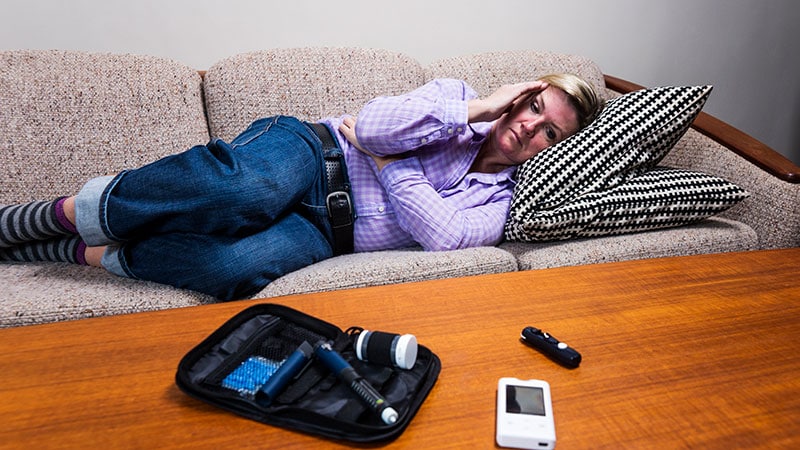

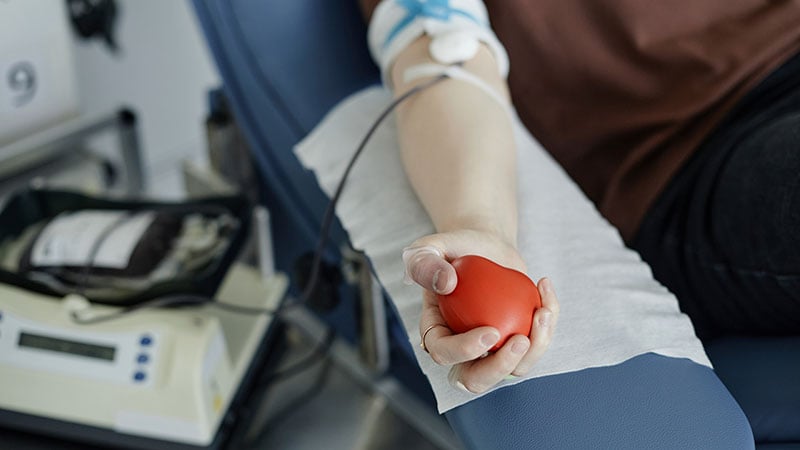


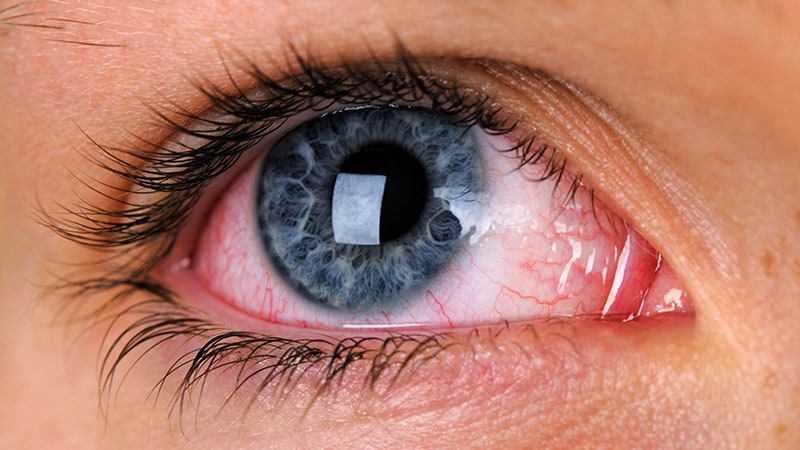
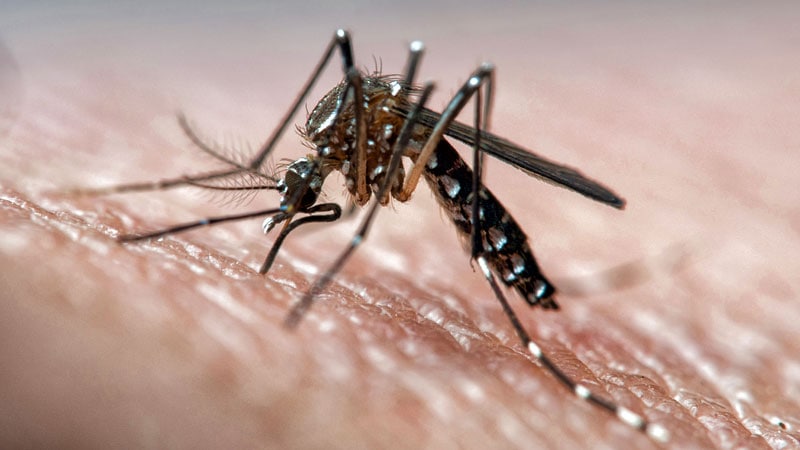


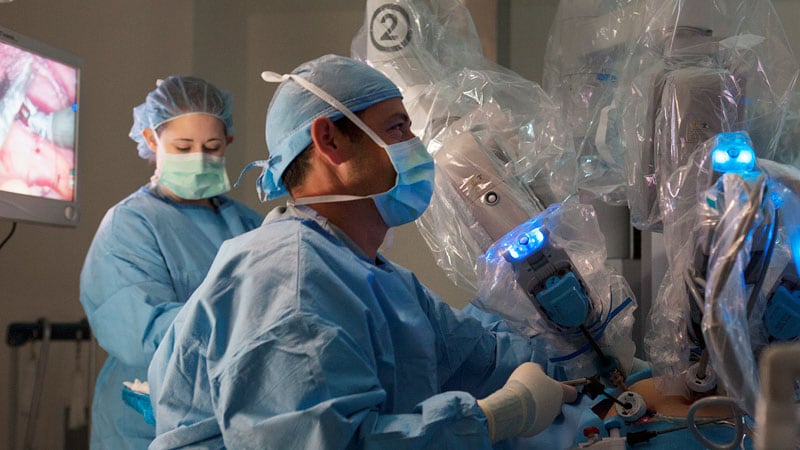

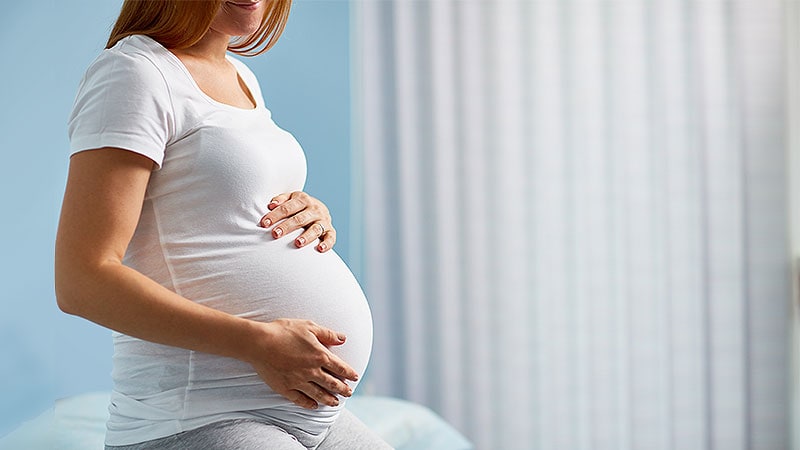



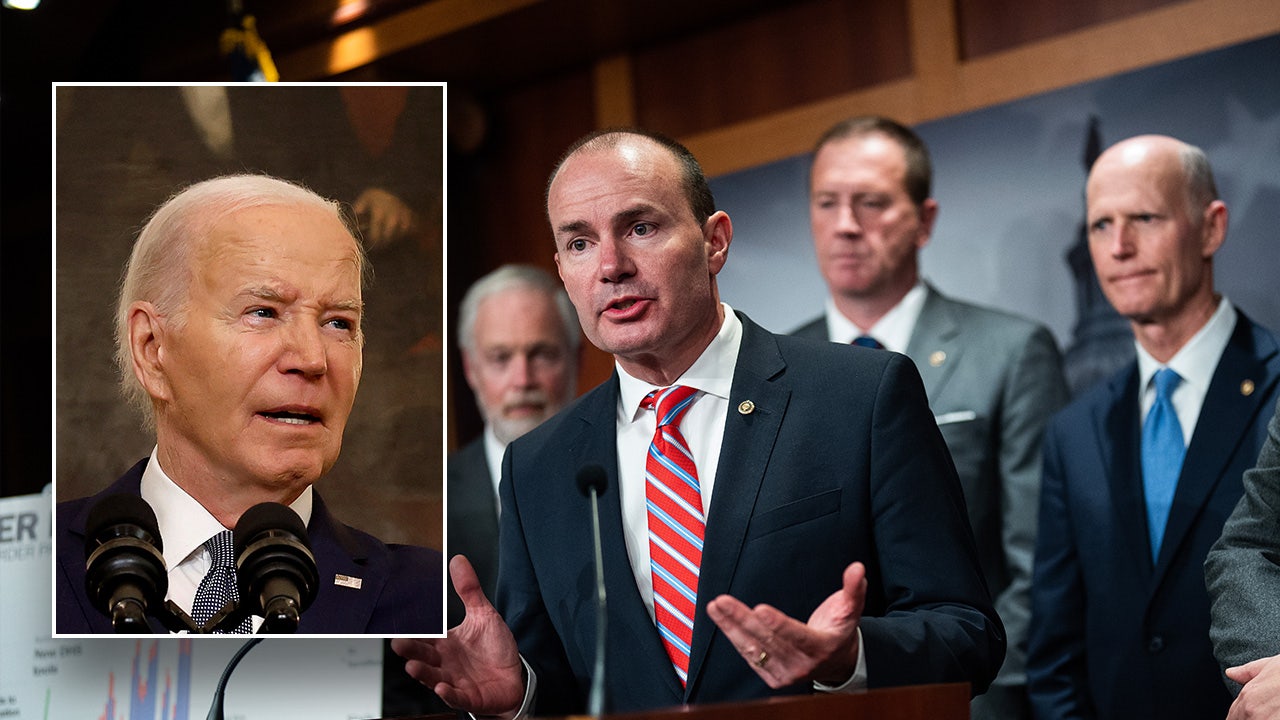





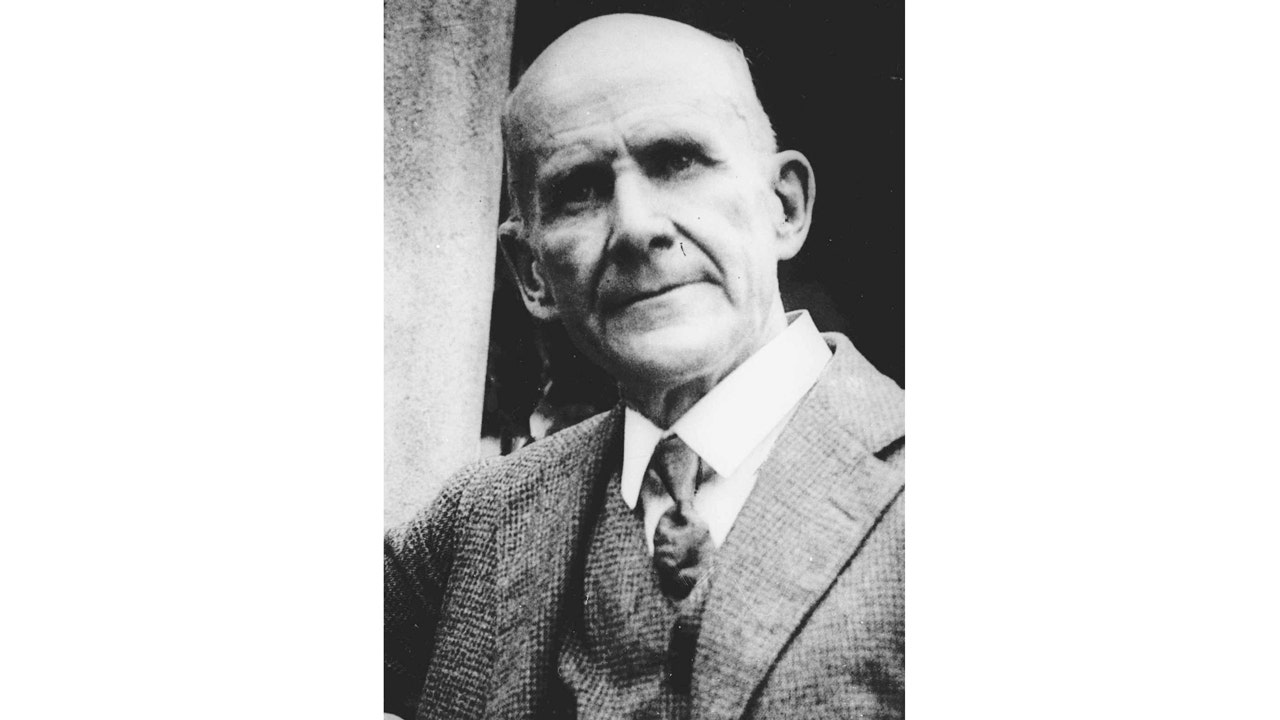




 English (US)
English (US)